A Food Worker Needs to Thaw a Package of Ground Beef Which Thaw Method Should the Food Worker Use
The Cold, Hard Truth About Defrosting
Medically Reviewed by Poonam Sachdev on February 23, 2022
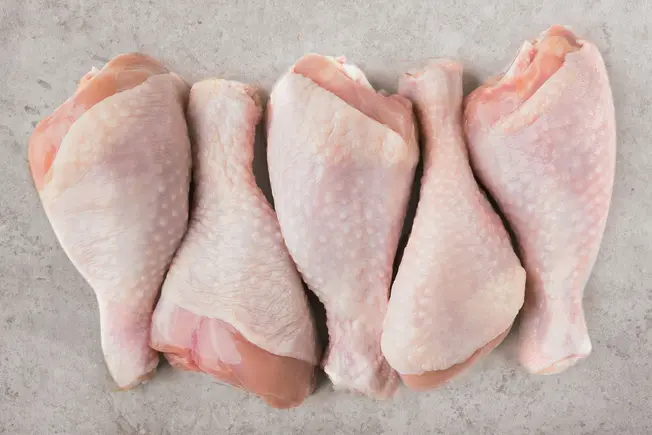
Don't: Thaw Food on the Counter
1/12
You pull a package of chicken breasts out of the freezer and set it on the counter to thaw. By the time you're back from work, they'll be ready to cook. Sounds smart, but it's not safe. Any foods that can go bad -- like raw or cooked meat, poultry, and eggs -- must thaw at safe temperatures. When frozen food gets warmer than 40 degrees or is at room temperature for more than 2 hours, it's in the danger zone where bacteria multiply quickly.
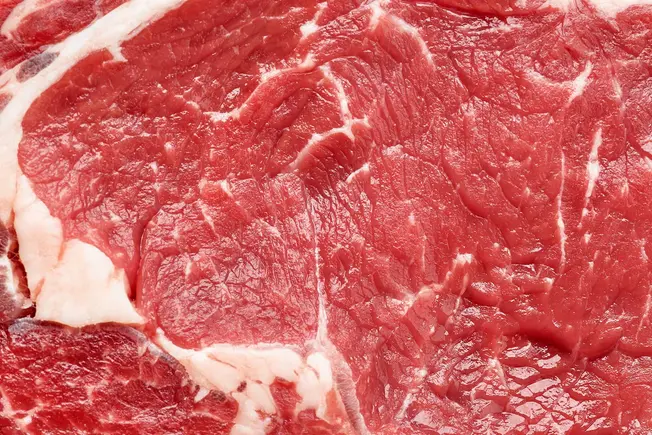
Don't: Be Fooled by a Frozen Center
2/12
The outer areas of frozen food often thaw out before the center. This means they're in the bacteria danger zone, even if other parts are still frozen.
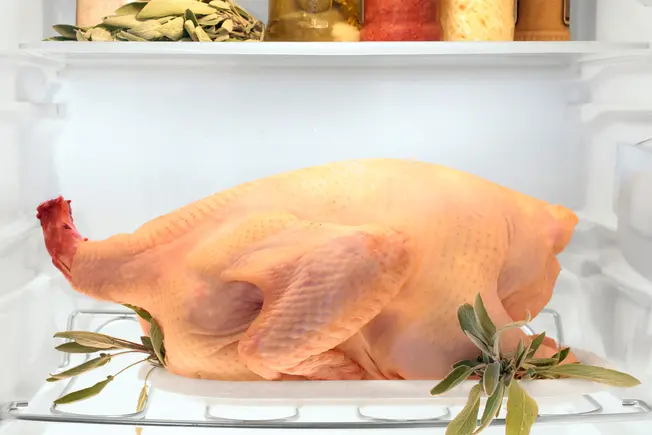
Do: Thaw in the Fridge
3/12
It takes longer, but your refrigerator is the safest way to make sure your food stays at 40 degrees or below while it defrosts. Give your ground meat or chicken breasts a full day. Bigger cuts, like a frozen turkey, need 24 hours for every 5 pounds. Use the bottom shelf so nothing leaks down onto other foods.
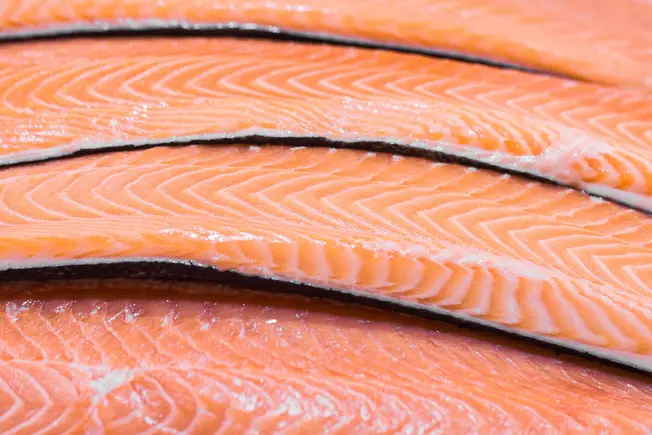
Do: Be Flexible
4/12
The refrigerator method takes time, but it also buys you time if meal plans change. Ground beef, stew meat, poultry, and seafood are good in the fridge for a day or two before you cook them. Red meat cuts like steaks and pork chops last 3 to 5 days. With any other safe defrosting method, you'll need to cook the food right away. If your food's still frozen and you change your mind, it's safe to put it back in the freezer for another day.

Do: Check Your Fridge Temp
5/12
Every degree makes a difference: Make sure your refrigerator is set to 40 F and your freezer to 0 F. The lower you set it, the longer your food will take to thaw.
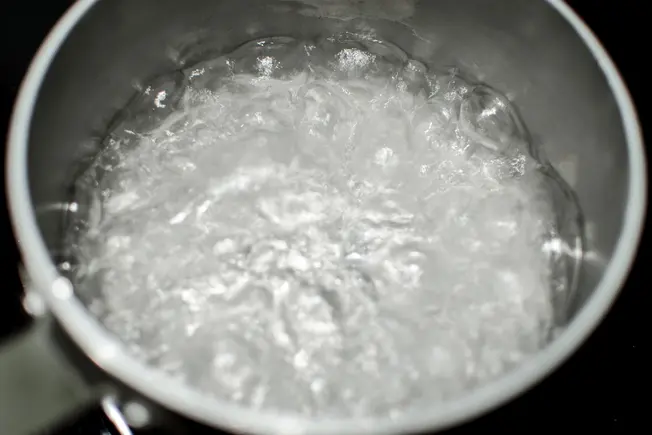
Don't: Thaw Food in Hot Water
6/12
Faster isn't always safer. Hot water thaws food quickly, but it also raises the temperature past that critical 40-degree mark. Not only does bacteria start to grow, but the meat can start to cook before you want it to.
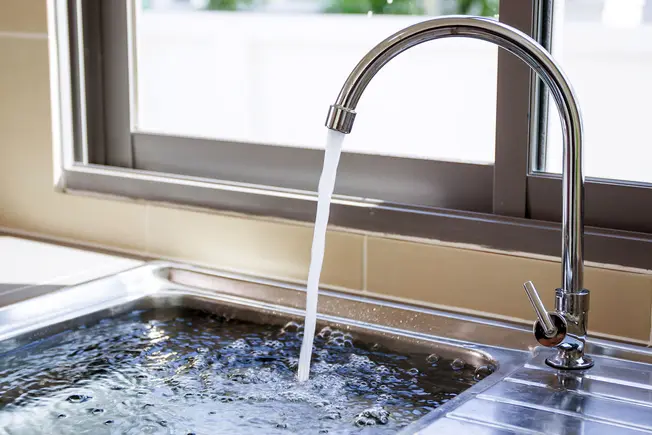
Do: Thaw in Cold Water
7/12
This method goes quicker than the fridge, but takes a little more effort. Fill up your sink or a small bin with cold tap water. If your meat is vacuum-packed, it can go in directly. If it's not, put it in a leak-proof bag so that nothing can get in or out. Make sure it's covered, and change out the water every 30 minutes. You can thaw a pound of meat in an hour. If you thaw anything this way, you must cook it right away.
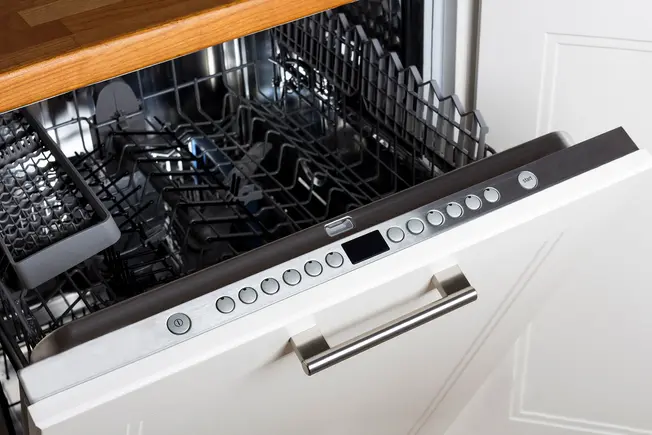
Don't: Go Rogue
8/12
Those "life hack" lists you find online look fun. (You can defrost a turkey in the dishwasher!) But food poisoning isn't. Don't thaw food in a dishwasher -- or your garage, basement, or on your back porch, no matter how cold it is outside.

Do: Thaw in Your Microwave
9/12
Yes, the defrost button on your microwave has a purpose. Though safe, this method isn't the most popular because food doesn't always thaw evenly. But it's good in a pinch, especially for ground meat. You have to cook anything you thaw in the microwave right away, even if you plan to refreeze it. Remember to remove all packaging and use a microwave-safe container.
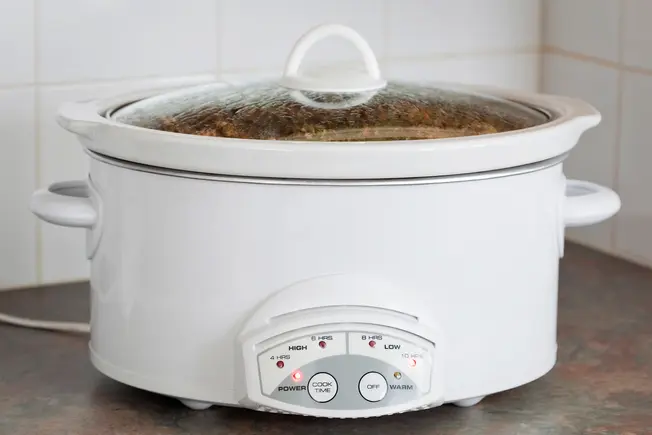
Don't: Put Frozen Food in a Slow Cooker
10/12
A slow cooker does just that: It cooks food slowly. Don't use it to thaw meat, as it'll partially or fully cook the meat instead. Also, don't start a slow cooker recipe with frozen meat or poultry: The meat will spend too long in the bacteria danger zone before it's fully cooked.
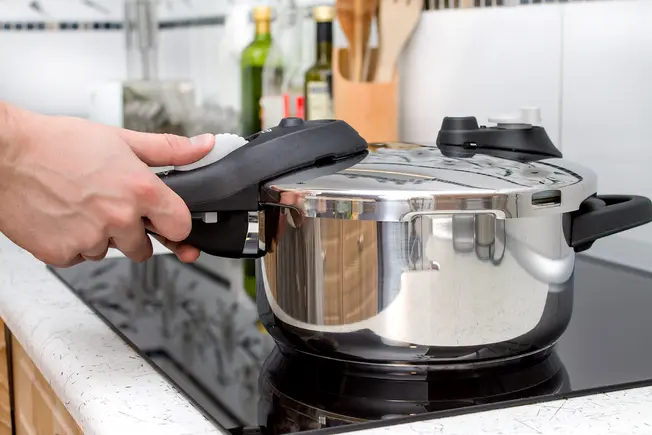
Do: Use an Instant Pot or Pressure Cooker
11/12
Pressure cookers, like the Instant Pot, heat frozen foods quickly. They don't spend too much time in the bacteria danger zone and are safe to eat.

Do: Cook Without Thawing
12/12
You don't have to thaw food. It just makes most meats cook quicker and more evenly. If it takes you 30 minutes to cook a thawed chicken breast, it'll take you 45 to cook a frozen one. You also don't have to thaw frozen vegetables: Just cook them straight from the package.
IMAGES PROVIDED BY: 1) Getty 2) Getty 3) Getty 4) Getty 5) Getty 6) Getty 7) Getty 8) Getty 9) Getty 10) Getty 11) Getty 12) Getty SOURCES: United States Department of Agriculture: "The Big Thaw -- Safe Defrosting Methods for Consumers." American Meat Science Association: "Safe Methods for Defrosting Meat." Virginia Cooperative Extension: "Food Safety Meltdown: The Right Way to Thaw Frozen Food." University of Minnesota Extension: "Slow cookers and food safety." Academy of Nutrition and Dietetics: "Thawing." Meredith Carothers, MPH, technical information specialist, Office of Public Affairs and Consumer Education, U.S. Department of Agriculture. Show Sources
Source: https://www.webmd.com/food-recipes/food-poisoning/ss/slideshow-cold-hard-truth-about-defrosting
0 Response to "A Food Worker Needs to Thaw a Package of Ground Beef Which Thaw Method Should the Food Worker Use"
Post a Comment